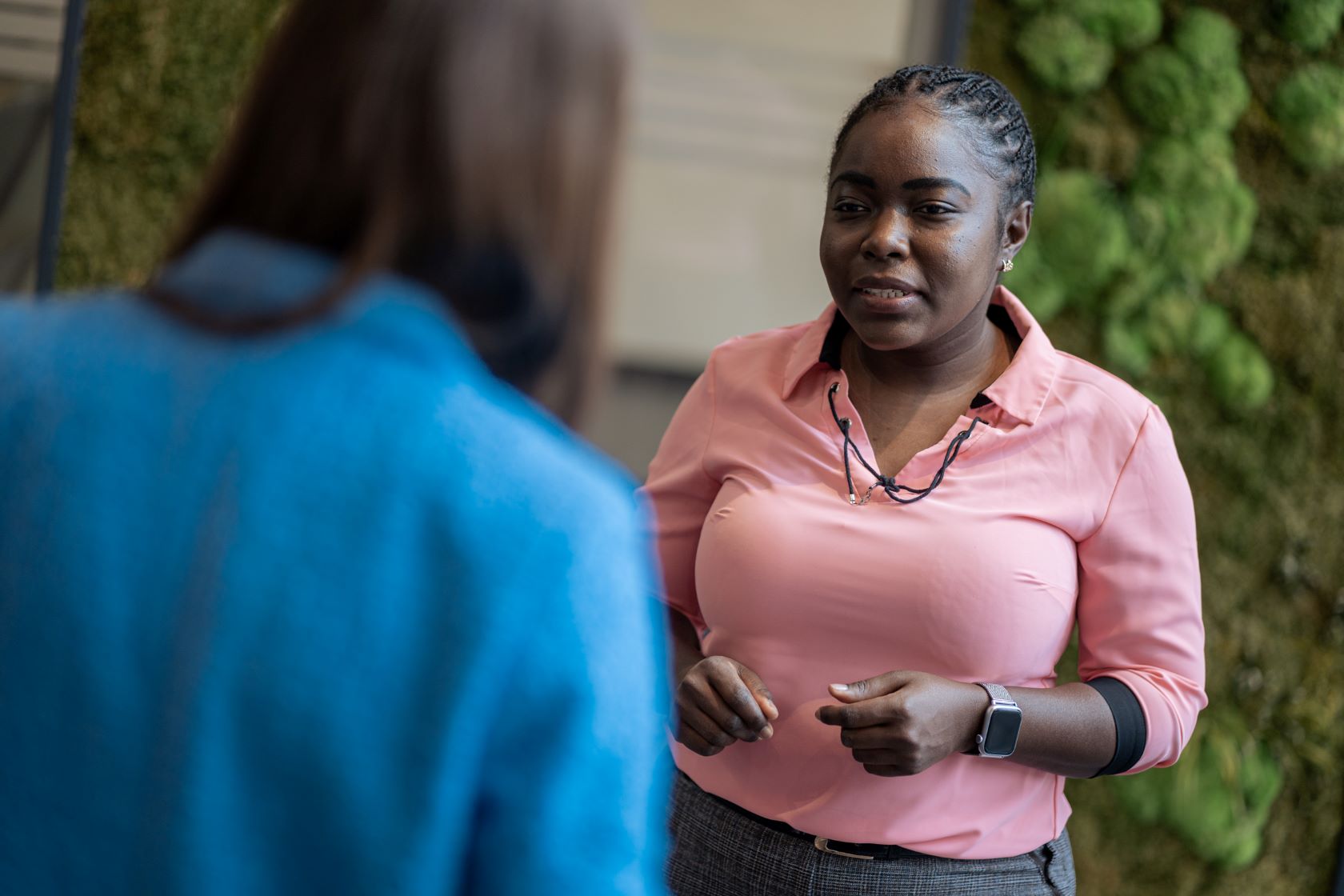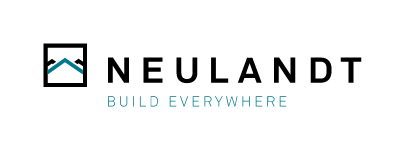“Increasing efficiency, saving costs and still building sustainably is possible!”
In the interview with Aldina Mugo, Senior Engineer at NEULANDT and certified EDGE Expert, we discuss how green buildings reduce risks for construction companies and developers, increase profitability, and additionally reduce the CO2 footprint .


Are green buildings already a reality or still just a vision for the future?
Aldina Mugo (AM): Green buildings are no longer a thing of the future but already a reality. Engineers are increasingly being trained to develop sustainable designs and integrate ecological principles into their projects. A significant milestone in this field is the EDGE (“Excellence in Design for Greater Efficiencies”) Green Building Certification, developed by the International Finance Corporation (IFC), a subsidiary of the World Bank Group.
This certification provides a simple, intelligent, and cost-effective way to construct resource-efficient buildings. By assessing criteria such as energy efficiency, water consumption, material selection, and resource utilization, as well as the integration of green technologies, EDGE enables the recognition of buildings that meet environmental standards.
Doesn’t an efficient and cost-effective construction method contradict sustainability?
AM: Absolutely not. This misconception is widespread and persists vehemently. The EDGE certification brings numerous benefits that both reduce the CO2 footprint of a construction project and improve its cost-effectiveness. As an EDGE expert, I can evaluate the design of construction projects during the planning phase and identify areas where, for example, energy, water, or materials can be saved. This leads to cost savings in the construction phase on one hand and lower ongoing operating costs on the other. If the operating costs are lower, this is also reflected in lower rents, which increases the attractiveness of the property. Not to mention the fact that the longevity of the buildings is increased by the use of high-quality precast concrete elements.
And above all, construction companies benefit from it: More efficient construction processes and the use of sustainable construction techniques greatly accelerate project completion and enhance marketability. Sustainability becomes an increasingly significant competitive advantage and improves investment returns. Last but not least, there is increasing support from financial institutions for sustainable projects, which facilitates financing and enhances attractiveness for investors.

“The comprehensive technology and service offering from NEULANDT support our customers such as construction contractors or developers in meeting commercial requirements while also contributing to environmental conservation.”
So, the sustainability efforts of construction companies are also driven by tangible economic reasons?
AM: Exactly. We are aware that many of our partners often require sustainability criteria to attract and secure local and international financial resources. This is not only for altruistic reasons but also for tangible economic reasons. Green buildings reduce the risk of default for investors and mortgagees due to lower life cycle costs, such as water and energy savings. For the same reason of cost savings, such properties can be sold to customers at a higher price, while at the same time, the marketing costs for selling such properties are proven to be lower.
In short: Green buildings reduce risks for developers, banks, construction companies, and ultimately also for owners during development, and are simply more economically attractive as they represent an environmentally conscious decision.
Does this apply to the whole of Africa?
AM: The IFC launched EDGE to promote resource-efficient building in emerging economies and combat climate change. With the population growth in developing countries and the need for affordable mass housing, the design of environmentally friendly buildings is becoming increasingly important. There are already more than 83 countries with certified projects. In Africa, many countries are adopting EDGE design and certification, with South Africa, Kenya, Ghana, Nigeria, Egypt, Angola, Namibia, Zambia, Rwanda, and also Ivory Coast – where we have our production – taking a leading role.

How can NEULANDT specifically support customers in sustainable construction?
AM: The NEULANDT technology and service package for rapid housing construction is aimed at large-scale housing and neighborhood development projects. We assist our clients in obtaining EDGE certification for their projects. During the design phase, we work closely with construction teams (architects, engineers, contractors, surveyors, etc.) to select materials, equipment, and constructions that ensure the projects achieve the required savings in water, energy, and embodied energy in materials. In doing so, we support contractors and developers in meeting commercial requirements while also contributing to environmental conservation. Together with our partner ecosystem, we deliver excellent quality in the production of prefabricated walls and also enable sustainable and cost-effective construction methods through our expertise in the planning phase.
Is the focus on support in the planning phase and on the production of precast concrete components?
AM: Not only! The structural shell, which is the focus of our technology, is the backbone of any building. From a building’s lifecycle perspective, the structural shell is the most crucial component. And this is where we come in: Our high-quality precast concrete components are highly durable. And we not only supply the technology but also a comprehensive range of services and solutions – that makes all the difference! The technology comes from Europe. But that alone is not enough – we have spent the last 4 years intensively examining the needs of the African market and building up a comprehensive solution and ecosystem. Our service offering creates a natural win-win situation for our partners, their customers, stakeholders in the construction industry (from policymakers to raw material suppliers and craftsmen), the environment, and us.
Such win-win situations that can endure building lifecycles are the foundation of our business and partnerships and are deeply rooted in our DNA. Because we are part of the multinational Umdasch Group, which has been in existence for more than 150 years.
The share buttons on this page are integrated in such a way that initially no personal data is passed on to the providers of the individual social networks when you visit our website. When you click on one of the buttons, you will be redirected to the provider of the selected social network via a hyperlink. You will then leave our website. Only from this point can data be transferred to the service provider and stored there. For the scope and type of processing, please refer to the data protection notices of the respective providers. We would like to point out at this point that CONTAKT GmbH has no knowledge of the content of the transmitted data or its use by the respective provider. The operator of the social network to which you switch via the hyperlink is solely responsible. CONTAKT GmbH currently only uses the Like buttons of the service providers Twitter, Facebook, Whatsapp, Linkedin and Xing.

